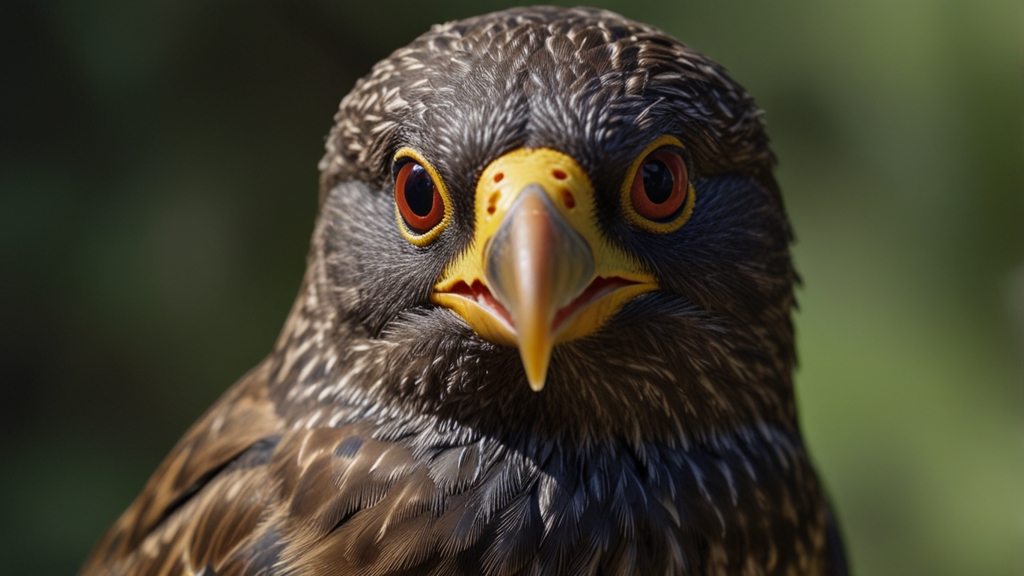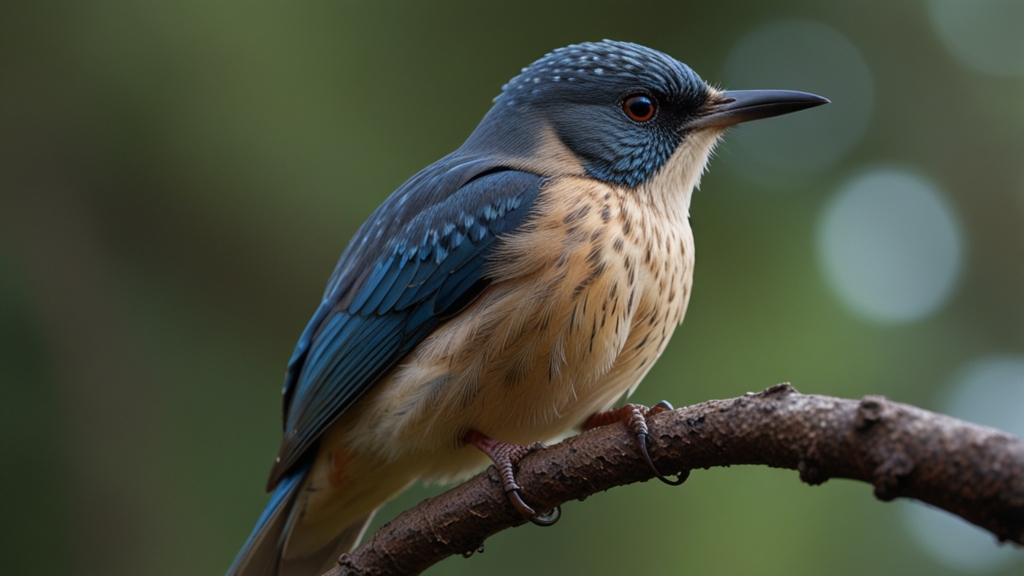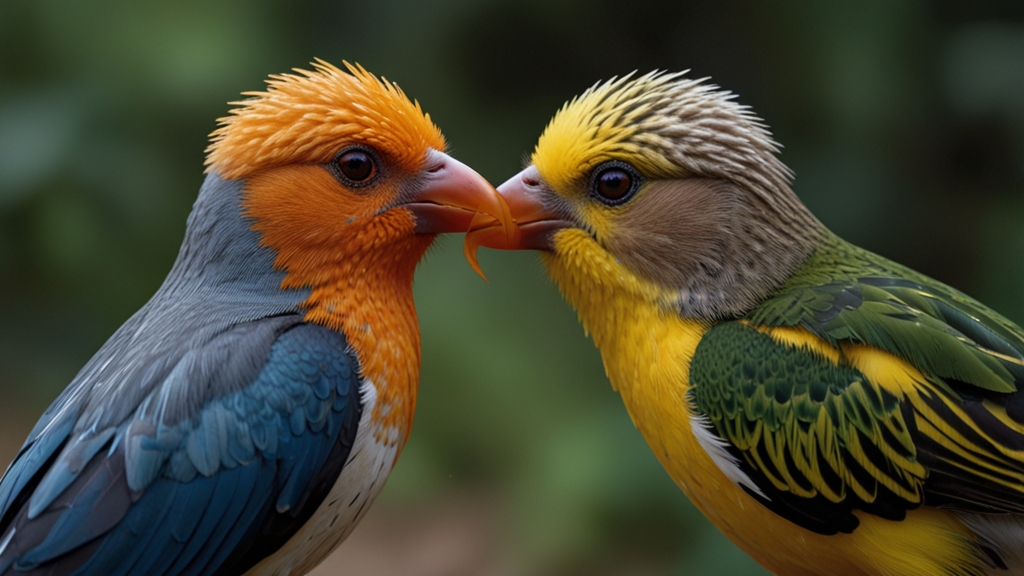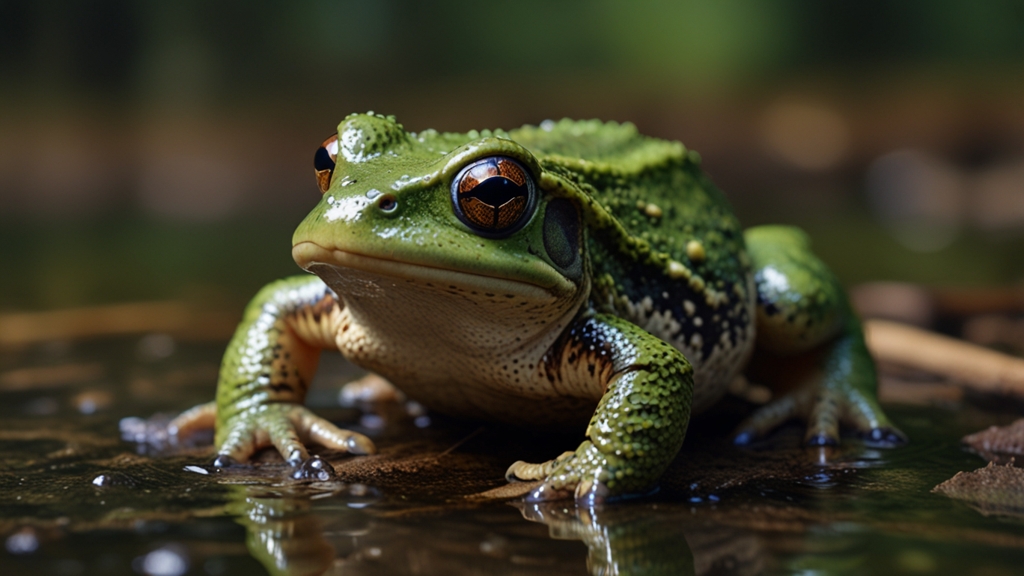How Birds Use Tools: Evidence of Their Incredible Intelligence
Birds have long captivated the imaginations of scientists and enthusiasts alike with their complex behaviors and striking adaptations. One of the most fascinating aspects of avian intelligence is their ability to use tools. Unlike the instinctual actions that characterize much of animal behavior, tool use among birds indicates a level of problem-solving and cognitive sophistication that was once thought exclusive to humans and a few other mammals.
The Pioneers: New Caledonian Crows
New Caledonian crows are arguably the most famous avian tool users. These remarkable birds have not only been observed using tools but also creating them. In the wild, they fashion tools from sticks, leaves, and other natural materials to extract insects and larvae hidden within tree bark or logs. Their crafting methods often include intricate steps such as trimming leaves and fashioning hooks — actions that demonstrate foresight and planning.
"One crow was observed creating a tool kit that it carried with it, choosing the appropriate tool for distinct tasks, akin to a carpenter with a toolbox."
Parrots: More Than Just Mimics
While parrots are often celebrated for their ability to mimic human speech, their intellectual capabilities extend far beyond their vocalizations. Researchers have documented several instances of tool use in parrots, such as using sticks to retrieve out-of-reach objects or to scratch themselves in those hard-to-reach places. This behavior indicates an understanding of cause-and-effect relationships and the capacity to manipulate their environment to meet their needs.
Woodpecker Finches: Darwin's Surprise
Woodpecker finches from the Galápagos Islands present another compelling case of avian tool use. These birds use sticks or cactus spines to pry insects from crevices in trees, operating in a manner reminiscent of woodpeckers. This adaptation is particularly noteworthy as it represents a bird compensating for a physical limitation (lack of a specialized beak) by employing cognitive skills to achieve the same end.
The Role of Social Dynamics
The social structures and interactions of birds also play a significant role in the development of tool-using behaviors. Young birds often learn by observing and imitating the actions of older, more experienced individuals. This form of social learning suggests a capacity for cultural transmission of knowledge among certain bird species, further underlining their cognitive dexterity.
"Observations of New Caledonian crows have revealed that tool-making techniques are passed down through generations, illustrating a form of cultural tradition in the avian world."
Scientific Implications and Future Research
The study of avian tool use has far-reaching implications for our understanding of intelligence and cognitive evolution across species. Birds, despite having vastly different brain structures from mammals, exhibit behaviors that are strikingly similar in terms of problem-solving and innovation. This indicates that sophisticated cognitive abilities have evolved independently in different lineages, providing valuable insights into the nature of intelligence itself.
Future research aims to delve deeper into the neurological underpinnings of these behaviors. By studying the brain activity of birds during tool use and problem-solving tasks, scientists hope to uncover the specific neural mechanisms that enable such high levels of intelligence. Moreover, there is growing interest in exploring the evolutionary pressures that drive such complex behaviors, potentially revealing common threads between avian and mammalian intelligence.
Conclusion
The ability of birds to use tools challenges our preconceived notions of animal intelligence and showcases the remarkable breadth of cognitive abilities in the natural world. From the ingenious tool-making of New Caledonian crows to the adaptive strategies of woodpecker finches and the multifaceted intelligence of parrots, these behaviors highlight the need to view avian intelligence through a new, more appreciative lens. As research continues to uncover the depths of their cognitive capabilities, birds remain a poignant reminder that intelligence comes in many forms, often defying our traditional expectations.
"In recognizing the intelligent behaviors of birds, we better appreciate the diversity and complexity of life on our planet, fostering a deeper respect for the interconnectedness of all species."












